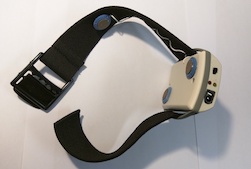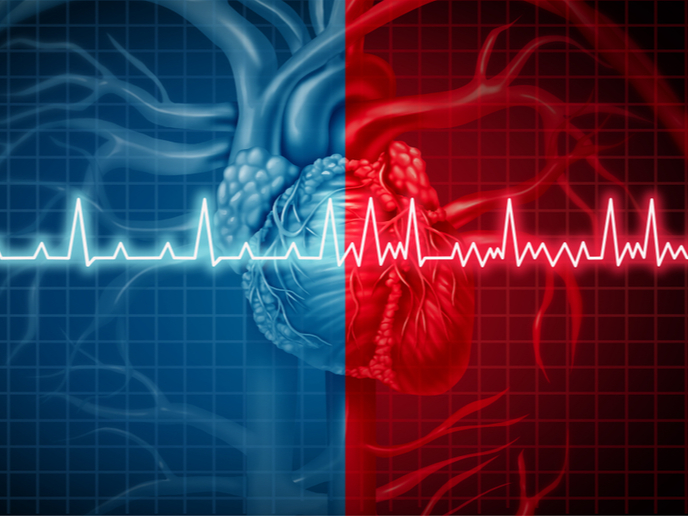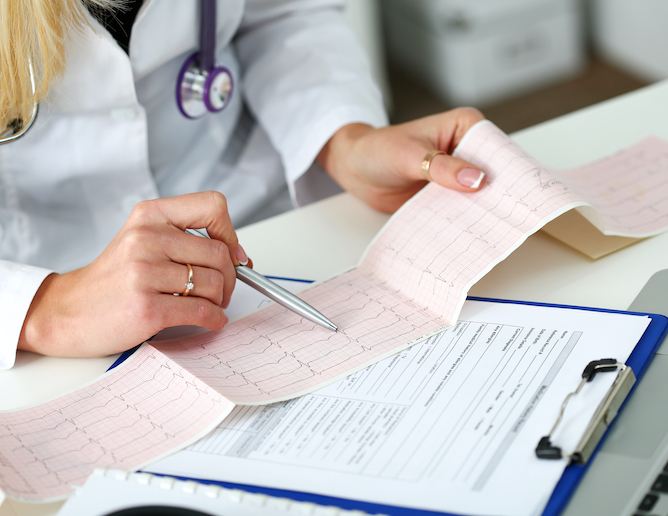Paving the way to a new generation of non-invasive sensors to identify abnormal heart rhythms reliably
Ventricular tachycardia or ventricular fibrillation is the commonest form of underlying arrhythmia. In those still going about their daily lives, atrial fibrillation is the most common form and is associated with increased risk of stroke and heart failure, particularly in the older population. While appropriate treatment can be effective, the problem is that diagnosing the condition requires a monitor to be continuously worn over a period of time, or invasive techniques such as implantable loop recorders. These are inserted subcutaneously beneath the chest wall. Although capable of monitoring heart rhythm for extended periods, there is considerable expense associated with the device along with hospitalisation costs and the risk of infection. “A WASTCArD, non-invasive, long-term heart rhythm sensing device will significantly impact multiple areas of cardiac early diagnosis and treatment, as it would allow long-term recording of heart rhythms without the inconvenience and unreliability of self-adhesive gelled electrodes,” says Professor Omar J. Escalona, the WASTCArD (Wrist and arm sensing technologies for cardiac arrhythmias detection) project coordinator. The project set out to design a new, advanced, dry-electrode based monitoring system, which will enable uninterrupted long-term, non-invasive electrocardiographic (ECG) recordings. This device takes the form of a comfortable arm-band to be used by cardiac patients with transient abnormalities of heart rate or rhythm. “It would also have a role to play in the preventive, long-term ECG screening schemes of healthy subjects with potential cardiac risks due to their occupational or sports activity. But the goal is the same: to enable early detection and diagnosis of heart disease,” explains Prof. Escalona. A problem besetting such technology is the contamination of signals arising from ‘noise’ caused by movement or muscular activity in the arm. So WASTCArD developed an advanced, real-time signal processing technique for effective ECG signal recovery from severe noise. “We have developed the technology required to enable a dedicated, embedded system design within a wearable ECG capture arm-band device, incorporating the use of novel dry-electrodes to reliably recover and sense the electrical activity of the heart. This works continuously, for long periods of time, in a distant and weak bipolar ECG lead disposition, mainly along the left arm,” says the professor. Being able to record cardiac rhythm in an outpatient setting over a long time period, non-invasively, would also reduce hospital costs with savings in overnight bed stays and outpatient and emergency room attendances. Prof. Escalona is swift to point out that these are valid expectations in the longterm, “A second stage continuation of the project is envisaged. This would speed up the benefits that we can already identify as feasible, such as: a reduction in sudden death rates and lethal arrhythmias; pre-participation screening in sport; atrial fibrillation; telehealth and telemedicine and, in the area of cardiac palpitations.” While these benefits are yet to unfold, Prof. Escalona is keen to see a partnership that has sprung up between two SME’s involved in the consortium behind the WASTCArD project, flourish. “This will eventually impact on company production growth, business maturity and stability in the long-term, with the impact of delivering cardiovascular healthcare solution services for the European, age-indexed, cardiovascular healthcare market,” he explains. When it comes to the elderly population, the estimated overall market size for cardiovascular healthcare services and associated devices is about 70 % of Europe’s annual healthcare cost of cardiovascular disease and its numerous co-morbidities. “Given the state of the market, a ‘smart’ and convenient product such as this will secure a high level of investment reimbursement,” says Prof. Escalona.
Keywords
WASTCArD, heart rhythm abnormalities, ECG screening, single-arm-ECG monitoring device, ECG dry-electrode sensors, ECG denoising techniques







